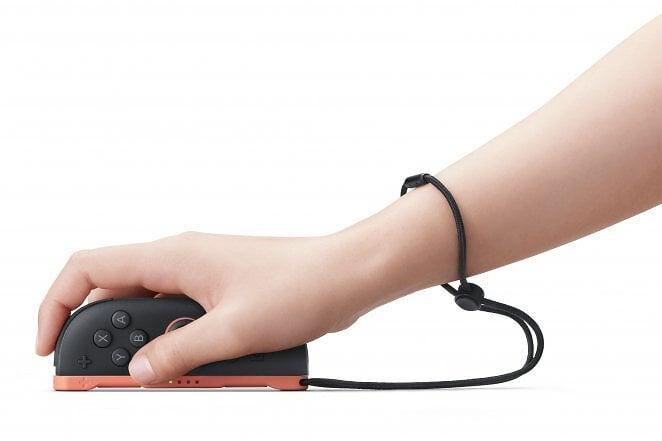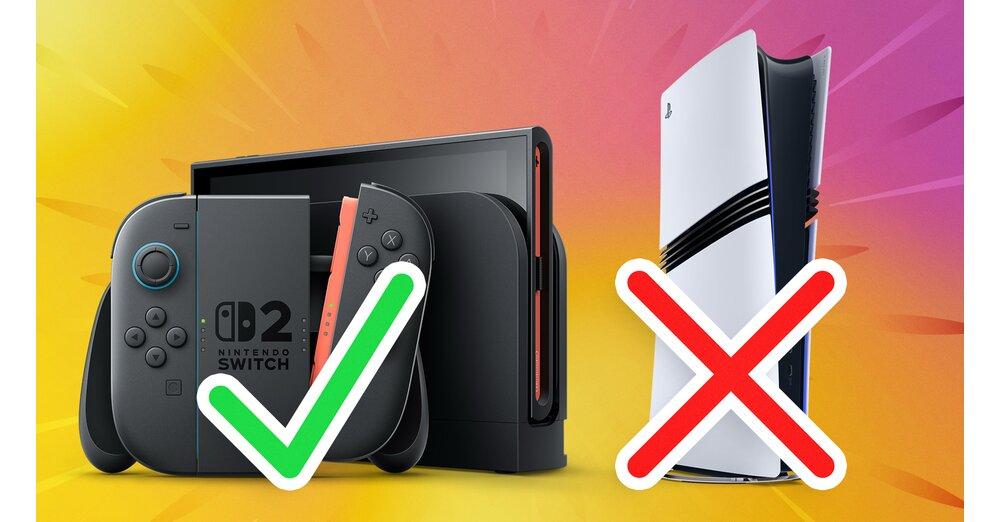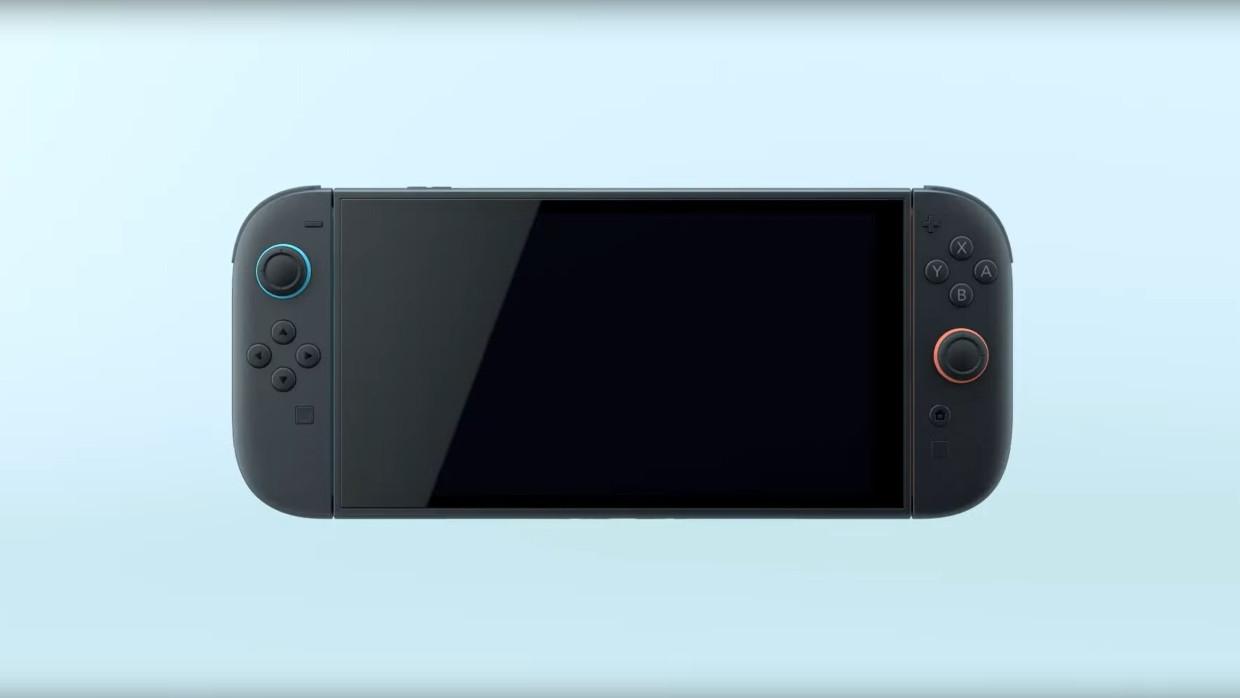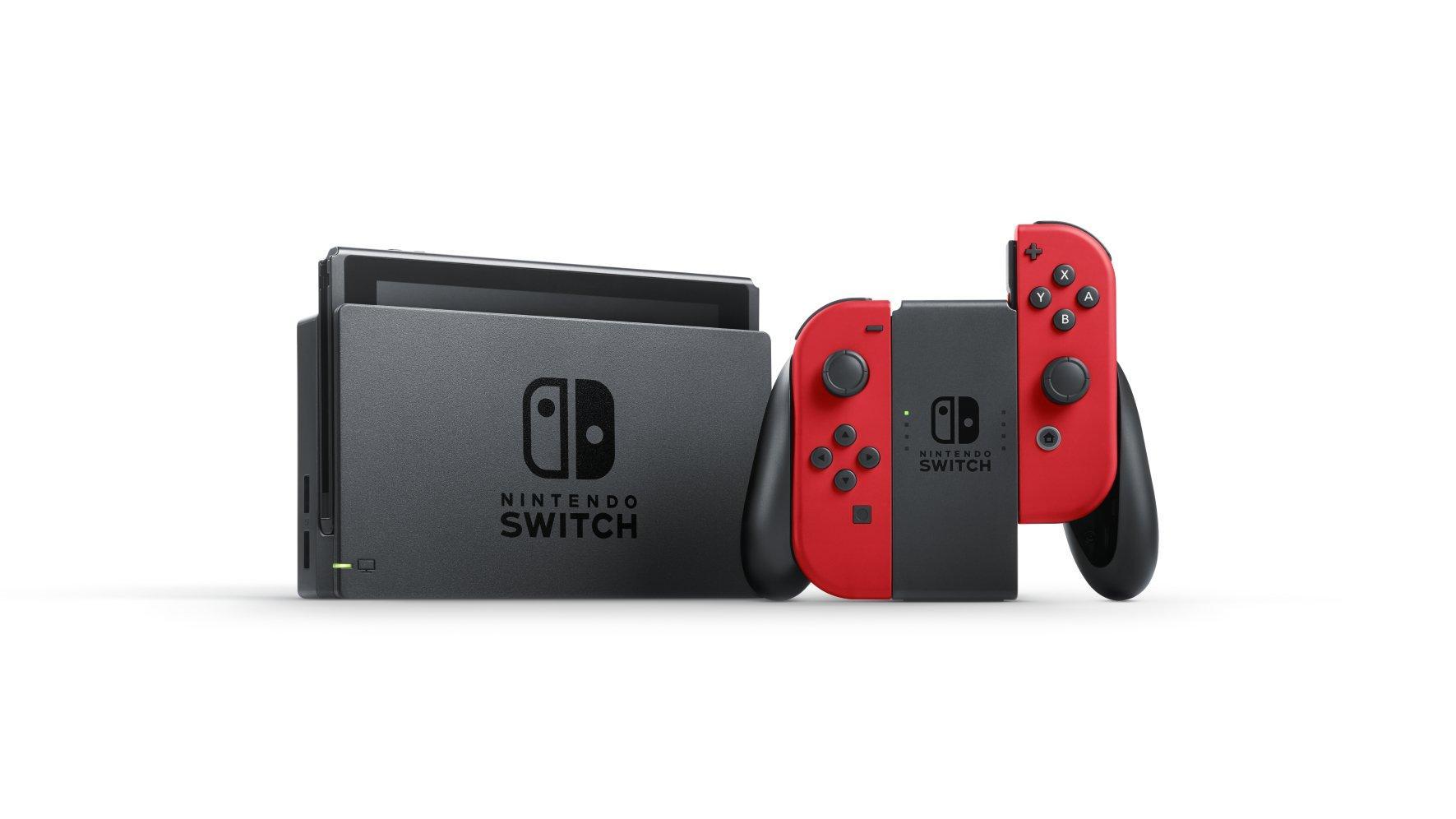In the ever-evolving world of gaming, innovation often pushes the boundaries of what we thought was possible. The Nintendo Switch 2, with its array of exciting features, has left many fans eagerly awaiting its release. However, for every revolutionary idea, there’s often a divisive detail that sparks debate. For some, the Switch 2’s Mouse Mode may be a welcome addition, but for others, it’s a feature that raises more questions than excitement. In this article, we take a closer look at the Mouse Mode of the Switch 2 and why, despite its potential, it has left one fan underwhelmed.
Initial Impressions of the Switch 2s Mouse Mode
As I began using the Switch 2’s mouse mode, my excitement slowly turned into disappointment. The first thing I noticed was the lack of precision and responsiveness. I found myself struggling to accurately select small items on the screen, which made even the simplest tasks feel like a chore.
Here are a few specific issues I encountered while using the mouse mode:
- Limited accuracy: The mouse mode felt sluggish, and it took a while for the cursor to move to the desired location.
- Intentional delay: There seemed to be a deliberate delay between the time I moved the controller and when the cursor responded, which made it difficult to use the mouse effectively.
- Inconsistent performance: The mouse mode worked well at times, but its performance was inconsistent, which left me frustrated and unsure of what to expect.
| Mouse Mode Experience | Rating (out of 5) |
|---|---|
| Accuracy | 2/5 |
| Responsiveness | 2.5/5 |
| Overall Experience | 2/5 |
For a device that’s supposed to offer a premium gaming experience, the Switch 2’s mouse mode falls short of expectations. The inconsistent performance and lack of precision make it a less-than-ideal choice for users who rely on accurate mouse control.

Limited Customization Options in Mouse Mode
While the idea of using a mouse on the Switch 2 sounds intriguing, its implementation falls short in terms of customization. For a gaming console that prides itself on versatility, it’s surprising to see how limited the options are when it comes to tailoring the mouse experience to individual preferences.
For instance, there’s no option to adjust the mouse acceleration or deceleration, which can be frustrating for gamers who are used to fine-tuning their mouse settings on PC. Additionally, the Switch 2 doesn’t allow users to customize the mouse button mapping or create custom profiles for different games. Here are some of the customization options that are noticeably absent:
- No adjustable mouse sensitivity options
- No customizable button mapping
- No option to create custom profiles for different games
- No support for advanced mouse features like macro keys or gesture recognition
| Mouse Customization Options | Availability on Switch 2 |
| Adjustable mouse sensitivity | No |
| Customizable button mapping | No |

Difficulty with Camera Movement and Control
The moment you attempt to utilize the Switch 2’s mouse mode in action-packed games or those that involve swift and accurate targeting, it becomes increasingly evident that the camera control leaves much to be desired. In such situations, the gaming experience can quickly become frustrating due to the lack of seamless navigation, which may hinder your ability to aim or engage in fights.
A significant challenge lies in the precise movement control, where minor adjustments are often unresponsive, causing your on-screen character to jump erratically instead of moving smoothly. Some users may try to adapt by fine-tuning their sensibilities; however, this doesn’t completely eliminate the problem.
* Common issues reported with camera movement:
- Erratic camera movements
- Lack of responsiveness in precise situations
- Aggravated targeting woes in action games
| Gameplay Factors Affecting Camera Movement Experience | Switch 2’s Performance in these Scenarios |
|---|---|
| Action-packed sequences | Not ideal; struggles with accuracy |
| Fast-paced targeting | Inconsistent; shows a lack of smooth transitions |
| Exploration-based gameplay | Prone to slow responses when attempting minor camera adjustments |

A Hindrance to the Otherwise Seamless Gaming Experience
What’s truly puzzling is that Mouse Mode doesn’t even bring about any game-changing benefits. The feature feels more like a complicated way to control your character with two distinct devices. With Nintendo Switch controllers, you have everything you need within reach, allowing you to dash from one intense action sequence to the next without breaking your stride. But as soon as you bring the mouse into the mix, your game-play starts to feel awkward and disconnected. You’re forced to frantically swap between controller and mouse mid-game, destroying your hard-earned momentum.
This isn’t to say that all gamers will feel this way, but there’s undoubtedly a disconnect between the fluid feel of using a controller and the mouse’s click-and-scroll functionality. For one, using a mouse and controller simultaneously means lots of unnecessary hardware exists on your desk, cluttering up your play space. Consider the differences:
| Control Type | Key Characteristics |
|---|---|
| Controller |
|
| Mouse and Controller Combo |
|
Users might also encounter issues like the fumbling of peripherals and mistakes like accidentally pressing the wrong buttons on the mouse.

Switch 2s Design Choices and the Impact on Mouse Mode
Bold Design Moves, Questionable Choices
The design of the Switch 2 is a masterclass in innovation, but it’s not without its flaws. When it comes to the mouse mode, some design decisions have left us scratching our heads. For instance, the placement of the mouse sensor is a bit too far from the edge of the console, which can make it difficult to use on larger surfaces. This is further compounded by the lack of a built-in wrist rest, forcing users to either invest in a separate accessory or risk straining their wrists during extended gaming sessions.
Form Over Function: Where It Goes Wrong
| Design Element | Impact on Mouse Mode |
|---|---|
| Mouse sensor placement | Makes it harder to use on larger surfaces |
| Lack of built-in wrist rest | Increases risk of wrist strain during gaming sessions |
| USB-C placement on top of the console | Makes it difficult to plug in peripherals while using the console in mouse mode |
Whether it’s the USB-C placement on top of the console, making it hard to plug in peripherals while using the console in mouse mode, or the angular design that makes it uncomfortable to hold for extended periods, it’s clear that form has taken precedence over function in the design of the Switch 2’s mouse mode.
Recommended Changes to Improve the Mouse Mode Experience
Some Substantial Adjustments Needed for Enhanced User Experience
Despite its innovative nature, the Switch 2’s mouse mode feels incomplete, requiring more fine-tuning for smoother performance. Several essential aspects must be revised for better user experience. Key enhancements to focus on include:
- Dynamic cursor movement for more precise control and handling.
- Customizable buttons, giving users the ability to adjust to their comfort.
- Intuitive cross-platform compatibility allowing universal device support.
- Better performance optimization, minimizing framerates and latency.
- Seamless integration of Bluetooth connectivity, enabling users to easily switch between audio and data services.
Mouse Mode Tweaks to Elevate Handheld Gaming
Considering Nintendo Switch’s remarkable presence, in the handheld gaming market, a minor revamp could drastically elevate performance. An overhaul of the current functionality could lend itself to improved performance across several game genres.
Prior changes across various gaming categories could pave the way to elevating the gaming experience with the Nintendo Switch. Here’s how it can possibly look.
| Enhancements | Impact | Genre it Benefits |
|---|---|---|
| Pointer movement upgrade | Enhanced precision and immersive experience | Any game with precise interactions (Mario Odyssey, shooter titles) |
Exploring Alternative Control Methods for the Switch 2
While , I discovered several intriguing options that I believe have the potential to revolutionize gaming on the console.
As I delved deeper, I found the following alternatives to be quite interesting:
Eyetracking technology: This emerging technology uses the camera to track the player’s gaze, allowing for seamless navigation and gameplay. I envision this feature to be particularly useful in games that require precise cursor movement, such as strategy titles or point-and-click adventures.
Voice commands: By integrating voice recognition capabilities, players can issue commands to their in-game characters or interact with the console’s UI using simple voice prompts. This could be especially useful for players with mobility impairments.
* Gesture recognition: Utilizing advanced motion sensing, the Switch 2 could recognize hand gestures, head movements, or even dance moves, opening up new possibilities for kinetic games.
| Alternative Control Method | Potential Benefits |
|---|---|
| Eyetracking technology | Enhanced navigation and gameplay precision |
| Voice commands | Increased accessibility and intuitive controls |
| Gesture recognition | Immersive kinetic gameplay experiences |
Considering the vast array of possibilities, I am excited to see how the gaming community responds to these emerging alternative control methods, and how they will shape the future of gaming on the Switch 2.
Adapting to the Mouse Mode Limitations
I was excited to try out the new mouse mode on the Switch 2, but the more I use it, the more I realize how limiting it is. For instance, navigation through the menu can be quite tricky as some elements are not easily accessible. Even cursor sensitivity is hard to adjust to, making it seem more of a gimmick than an actual innovation. Here are some of the difficulties you’ll encounter with the mouse mode:
- Usability in handheld mode is completely ruled out as the cursor doesn’t translate well to the smaller screen.
- Switching between modes can get a bit confusing, especially if you’re playing different games.
- Many games and apps don’t support the new mouse mode, leaving you wondering why the feature was even introduced in the first place.
| Controller | Mouse | Game Compatibility |
| PlayStation DualSense | Logitech MX Master 3 | Most AAA titles, but issues with indies |
| Nintendo Switch Pro | Razer Viper | Only Nintendo-made games, plus some exclusives |
The list of issues with mouse mode only continues to grow as I delve deeper into it. The biggest puzzle is understanding the target demographic. Casual gamers are likely to get confused by the extra mode, and hardcore gamers who enjoy complex titles might find the limitations too frustrating. Nintendo may have just stumbled upon a feature that appeals to very few gamers.
A Missed Opportunity for Enhanced Functionality
The lack of precision in Switch 2’s Mouse Mode is a missed opportunity in creating an intuitive and immersive gaming experience. While the concept of mouse integration may have seemed like a game-changer, the execution falls short. Here are a few ways this feature could have been taken to the next level:
- Cursor Speed and Accuracy: Implement a feature to adjust the cursor speed to match individual gamers’ preferences. This would allow for smoother navigation and precision.
- Customizable Button Mapping: Allow users to customize button mapping to suit their gaming needs. This would increase accessibility and enhance overall user experience.
- Gyro Controls: Incorporate advanced gyro controls to provide a more immersive gaming experience.
- Pointer Mode: Include a Pointer Mode that allows users to use the controller like a mouse pointer, facilitating more precise navigation.
| Feature | Status |
| Adjustable Cursor Speed | Not Available |
| Customizable Button Mapping | Limited |
| Advanced Gyro Controls | Partial |
| Pointer Mode | Not Available |
In Summary
In the ever-evolving realm of gaming, it’s refreshing to hear dissenting voices amidst the chorus of praise. The Switch 2’s mouse mode may be a welcomed innovation for many, but for some, it’s a step in the wrong direction. As we navigate this uncharted territory, it’s crucial to remember that opinions are as varied as the games we love to play. Whether you’re a fan of the new feature or a skeptic, one thing is certain: the gaming world is stronger when we engage in open and honest discussions. So, let the debate rage on – for our passion and critiques are what drive innovation forward.











